(VIDEO) Good Fences Make Good Wild Neighbors
We want you to know if you buy something using the retail links in our posts, we may earn a small commission (at no extra cost to you). We will never recommend something something we don’t believe in. Not for all the butter in Sweden. You can read our full policy or contact us if you have questions.
Watch the video, How to Exclude Wildlife from Your Garden with Fencing, on YouTube
There’s an old saying that says, “Good fences make good neighbors…”. This saying is especially true if your neighbors are wild animals that find your garden plants delicious. Whether you are growing a garden on a large acreage in the country or in a small window box outside your apartment, chances are there are wild animals in your area that would love to help themselves to your plants.
Wildlife Conflicts: It’s Not Personal
Conflicts with wildlife can be frustrating, and it’s good to keep in mind that wild animals have no idea that you even consider what is growing in your garden your plants. As far as the animal is concerned your plants are just like any other plants it encounters. It has no concept of ownership of living, growing things. An animal doesn’t eat your garden to be disrespectful. You don’t even enter the animal’s mind as it happily munches away. It can be hard not to take it personally if you discover a wild animal has eaten half your garden, but it really isn’t personal from the animal’s perspective.
When it comes to wildlife and our gardens, what we have is a failure to communicate. Since upsetting humans never works out well for wild animals we’re pretty sure they would avoid it if they could. As humans we think wild animals should leave our gardens alone. Wild animals don’t even understand the concept of “ours”. What they do understand though is access, risk, and self-preservation. A good fencing setup will make it both harder for wild animals to access your plants and also to make it feel like a risk for them to attempt to do so.
Creating Clear Boundaries
When thinking about garden fencing you need to think about which specific animals you will need to exclude. For example, Julie and I built the fence around our garden primarily with Black-tailed Deer and Eastern Cottontail Rabbits in mind. Both species are abundant on our property and, as luck would have it, both really enjoy snacking on garden plants. So when we chose and installed our fence, we tried to look at our garden as the deer and rabbits would see it.
Dealing with Deer
We knew deer were most likely to access the garden by jumping over the fence so we set our fence posts slightly shallower than we ordinarily would have for a vinyl fence of this type. The final height of 5 feet 6 inches is not so tall that a deer couldn’t jump it, but any deer that thinks about doing so will be faced with the possibility of jumping into a narrow, confined space which we hope will add to the perception of risk. Because there is space between the rails of our fence, there’s nothing to stop a deer from trying to reach it’s head between the rails to investigate the garden. To account for this possibility we set the beds far enough back from the fence line that deer are unable to reach them.
While deer are most likely to access the garden by going over the fence, rabbits are more likely to crawl or burrow under. To prevent this we attached galvanized chicken wire to the bottom rail of the fence. It extends down to where it is flush with the ground and then extends three feet horizontally and is covered with gravel. That three feet of horizontal space should be enough that if a rabbit does start to dig his way in he will either give up or be discovered by us before he succeeds.
Rejecting Rabbits
Although the bottom rung of the fence is technically low enough that a rabbit could jump over, the interior setup again serves to make this feel like a risky endeavor for the animal. A rabbit jumping over the fence would land on the gravel with no cover above. It would be in a semi-enclosed space at that point and would have no quick escape route available. To access any of the plants that motivated it to jump in, it would either need to stand up on its hind legs and stretch up to reach the plants hanging over the edge of the stock tanks, or it would need to jump up onto the tanks themselves, again, a risky endeavor that would make the animal feel exposed to predators, especially winged predators like hawks that frequent our property.
Understanding Our Relationship
Although our fencing has worked so far we are under no delusion that we have built the equivalent of Fort Knox. Every wild animal we encounter comes from a long line of ancestors that were experts at overcoming challenges and surviving. We have no doubt that as time goes on our wild neighbors will show us that our fence needs some improvement. When they do we won’t take it personally. We will simply learn the lesson they have taught us and make our fence better, which will in turn help both us and the wildlife be better neighbors to each other.

